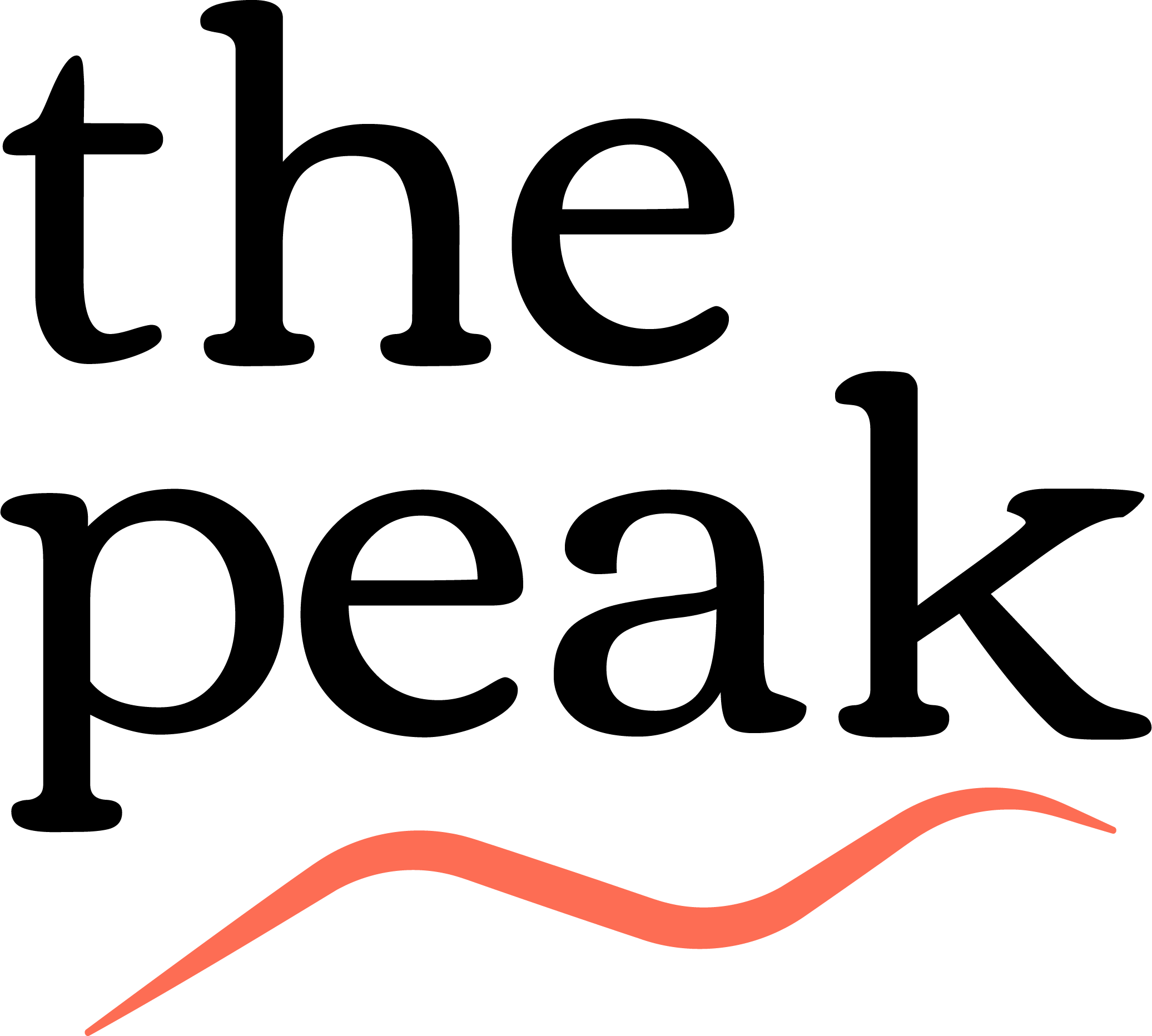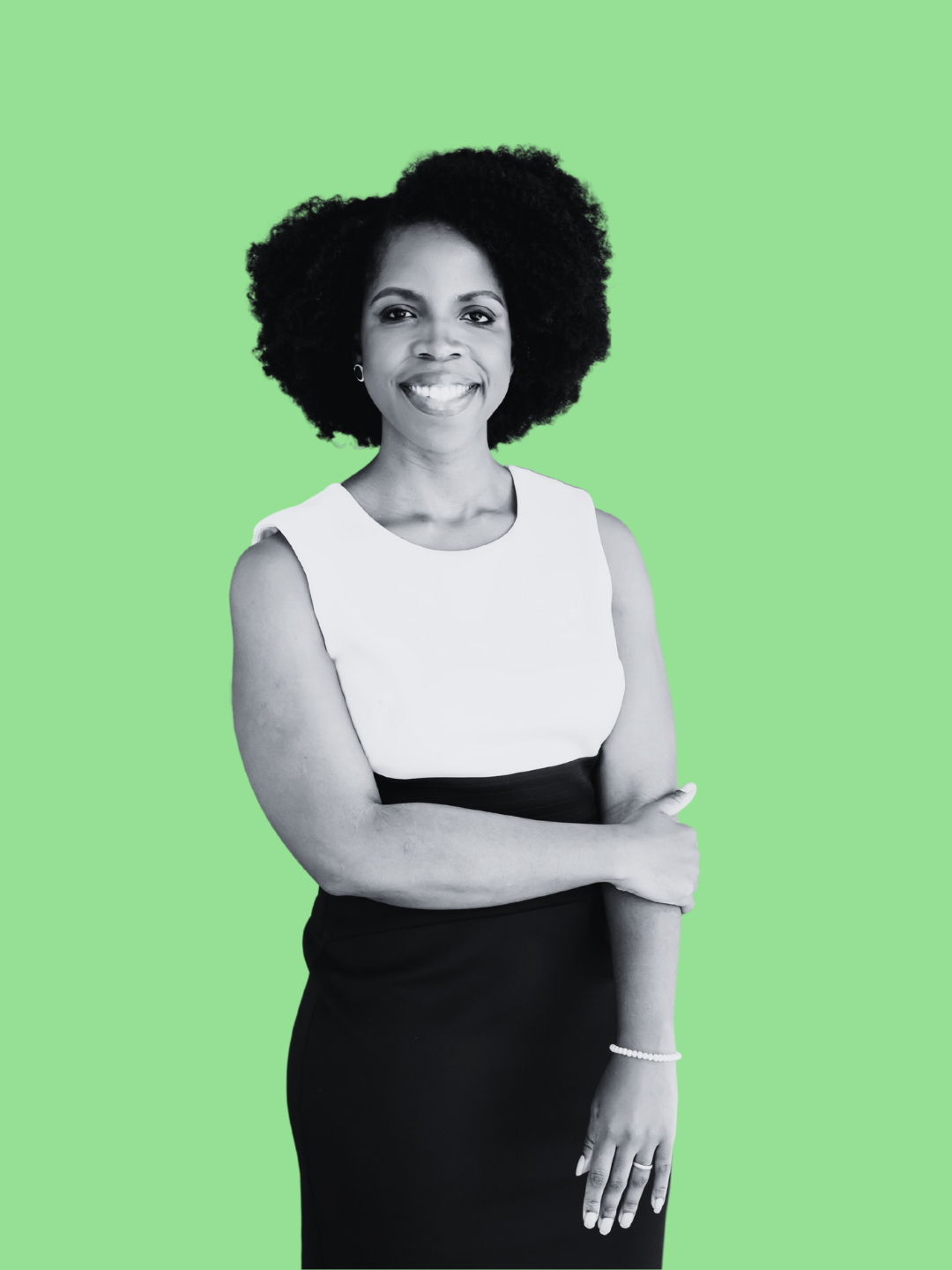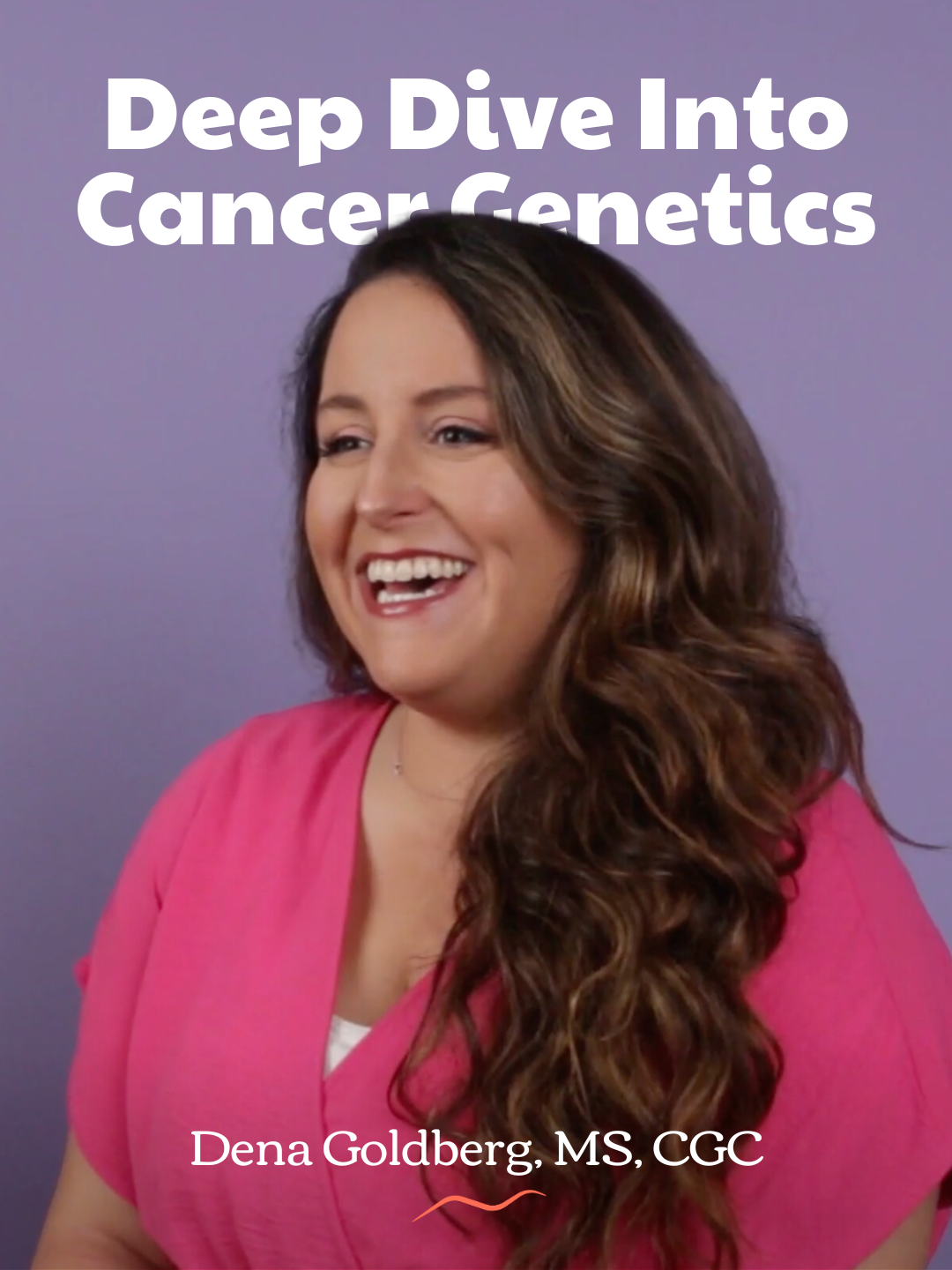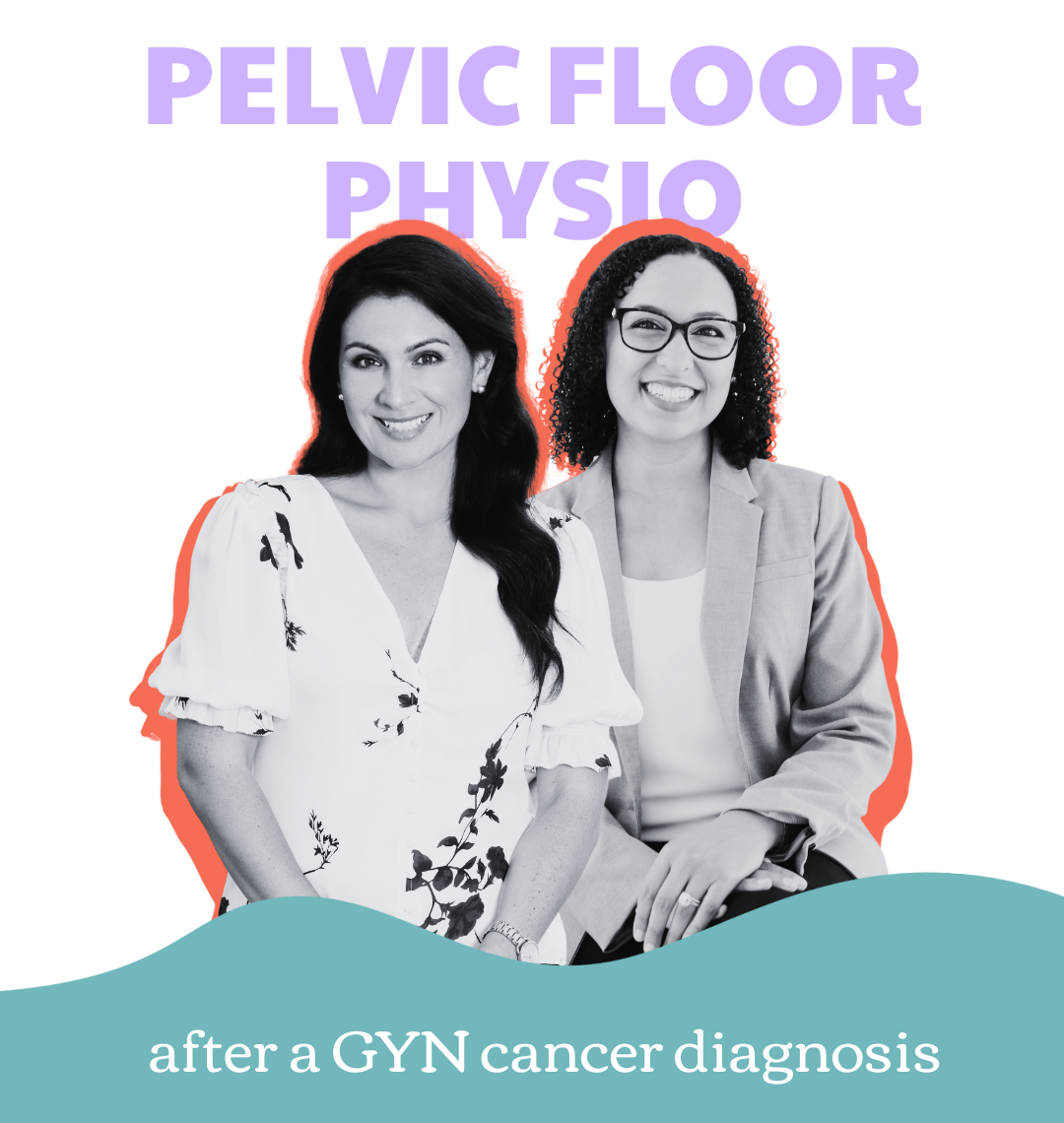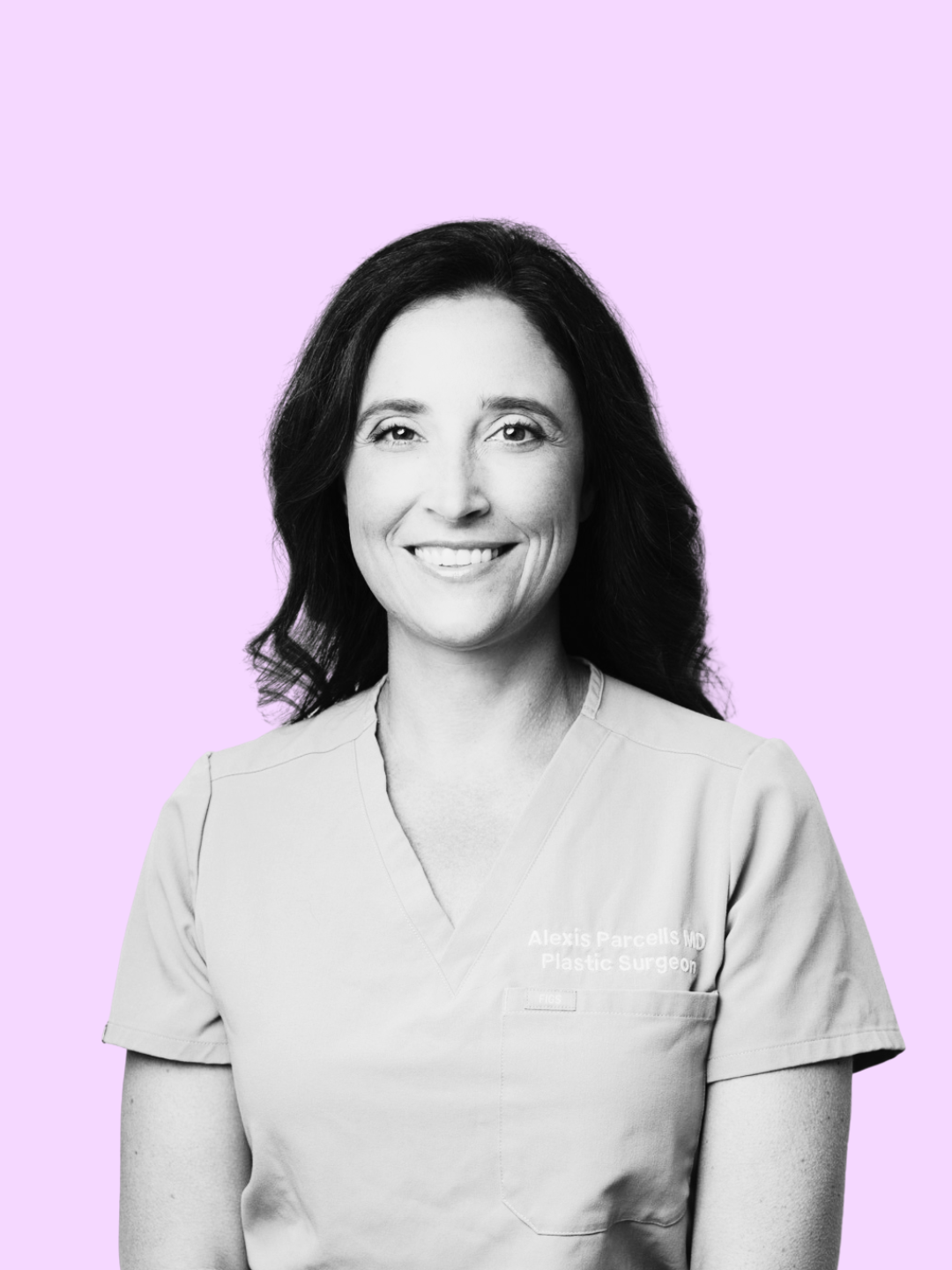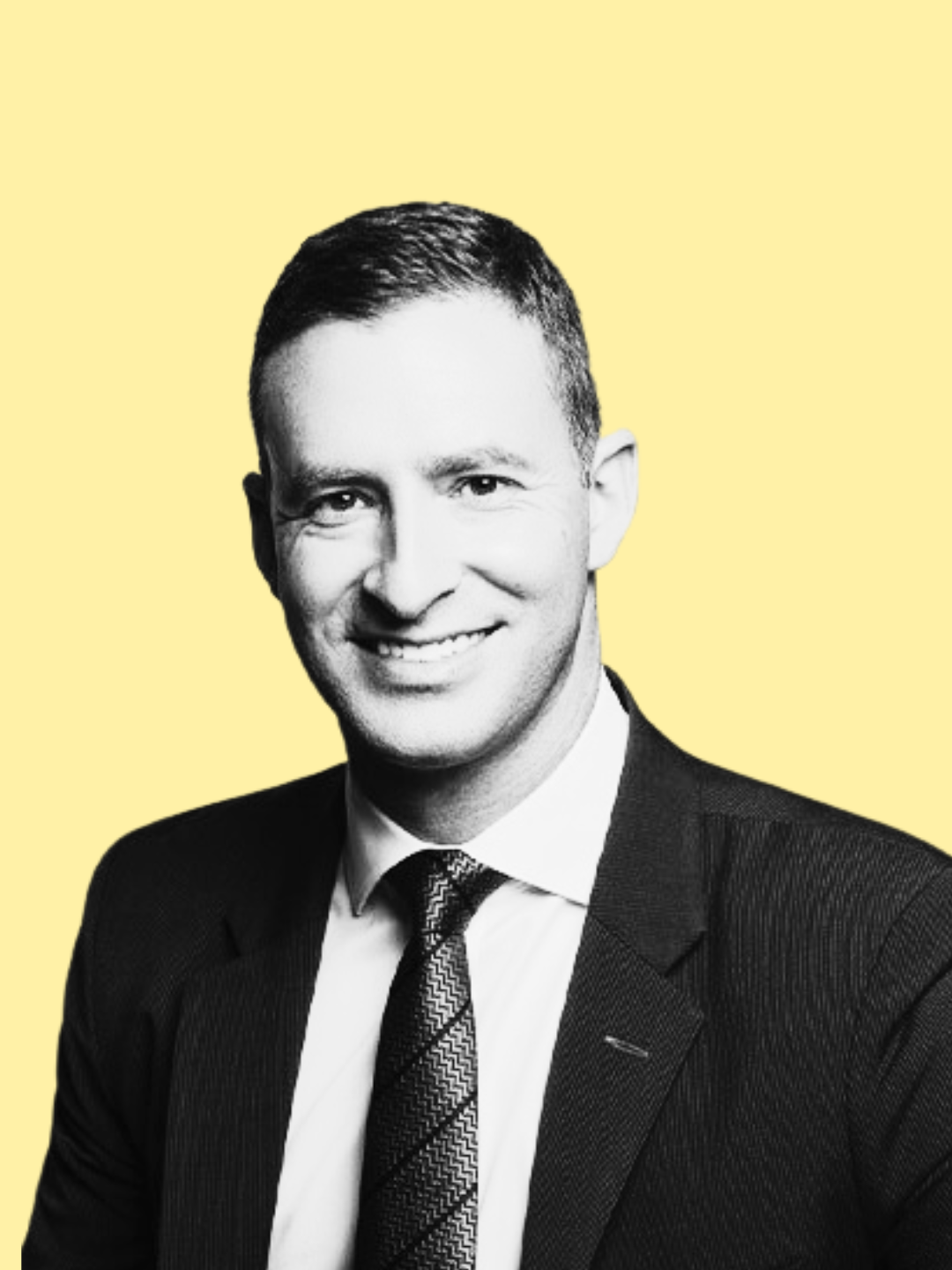Dr. Nneamaka Nwubah — who goes by Dr. Amaka – is a board-certified plastic surgeon at Maxwell Aesthetics in Nashville, TN who strives to make all of her patients’ voices heard and takes each patient's care seriously. She shares tips and tools gained from intensive interdisciplinary surgical training and time spent researching breast reconstruction on her social media pages, empowering patients to make the decisions that are right for them.
Breastie Leslie Crabtree sat down with Dr. Amaka, who was her plastic surgeon, in an Instagram Live titled “Breast Reconstruction with Dr. Amaka and Leslie.” This interview has been edited for clarity and length.
THE PEAK: You have experience on both the oncological and plastic surgery side. Can you tell us about the relationship between a breast surgeon and plastic surgeon? Is that something that a patient should take into consideration?
Dr. Amaka: I think that it is very, very important to have a good working relationship and get along because you work so closely together. It's really multidisciplinary, when you think about breast reconstruction and mastectomies. That two surgeon team is so crucial. I've been very lucky to work with really amazing breast surgeons whom I've gotten along really well with and that makes such a big difference.
TP: On the flip side, what would you say is a critical part of your relationship with your patients?
DA: I always take into consideration that I am seeing people at a very vulnerable time, whether it be [patients] with breast cancer or who are susceptible [to breast cancer] with a genetic mutation. They are at a position in their life, where they're like, “I'm going to lose a major part of my body, a major part of what makes me a woman.” That's such a vulnerable thing that I sort of think is sometimes overlooked.
The things that are important to me are being able to have that mutual understanding and relationship. I want a patient who's going to be open and comfortable, talking to me about what they want because, again, my role is to really fulfill that [desire] to the best of my ability. So I think that that mutual relationship is so important.
TP: When deciding on implant-based reconstruction, there is a lot of talk about over-the-muscle (OTM) versus under-the-muscle (UTM) reconstruction. What are some of the pros and cons?
DA: The main thing I've noticed when going above, versus below, the muscle, is that the recovery just tends to be very different. With above the muscle [implant reconstruction], I've had people who go home the same day because the pain is manageable. Furthermore, I find [breasts reconstructed with] above the muscle implants have a natural hang to them because the muscle isn't tightening around the implant. It really has become my personal preference.
Below, you're under the muscle, so you have that support of the muscle to act as a natural sling for the implant.
TP: Is there a situation where maybe under the muscle is a better option than over the muscle?
DA: Definitely. A lot of it depends on how supported the skin is after the mastectomy, so how thick the skin that's left after the mastectomy is. Usually I go in hoping that we will go above the muscle, but I always examine the skin after the mastectomy and just see.
If the skin is thin or fragile for any reason, then under the muscle is preferable because you have that additional support of the muscle before you get to the actual tissue expander or implant.
There are other situations, for example with very, very thin patients where you can see some rippling of the implant if it's right under the skin. Those patients may be better suited for under the muscle.
I think the important thing is that it's always an ongoing conversation in terms of the outcomes after surgery is done and just making sure that I'm listening to my patients. The majority of the time everything is great, but occasionally, there can be some tweakments.
TP: What are some of the impacts of radiation on implant-based reconstruction?
DA: What I've seen is that radiation can easily cause a capsular contracture. The body always forms a capsule [of scar tissue] around the implant because it recognizes it as foreign. Usually that capsule is soft and pliable but radiation can cause that to become really firm and hard. That can cause an implant rupture. That can be really painful. In that case, you generally do have to get the implant and capsule removed and have that implant replaced.
That's the most common scenario I see with radiation after breast reconstruction. Oftentimes, if I'm doing a two stage reconstruction, I'll have the patient do radiation with the tissue expander, and then we will replace them at the second stage, which would typically be six months after [radiation].
TP: You’ve mentioned two stage reconstruction, which typically means putting in tissue expanders before the implants. What would make a patient a good candidate for direct-to-implant reconstruction, versus delayed reconstruction?
DA: It's situational. I find that direct-to-implant can work really well but everything kind of has to line up almost perfectly. The final implant is pretty heavy and can put a lot of pressure on the skin. In cases where we are keeping nipples, it is so important to not put too much pressure on the nipples in that post-op period [when they might already be] struggling. It’s like, “Let's not roll too many dice here.”
You also have less say about size when it’s direct-to-implant, because you're asleep. There's a little bit more of a surprise factor, whereas with the tissue expander, I tell patients, “I want you to tell me, when you feel like you're close to where you want to be.” It's kind of a mutual decision that we make [together], but really, I let you take the lead because they are your breasts.
I always tell patients, “These are your breasts, your body and I am here to facilitate and help get to where you want to be. I am here for you.”
TP: If someone with implant-based reconstruction experiences rippling, can it be corrected?
DA: Yes. There are several approaches to rippling. It truly depends on the cause of the event.
For example, there are certain implants that are more prone to rippling, so if it's an implant type issue, you can switch implants. If it's an issue of tissue support, which is most common, there are several options; you can do fat grafting where you take fat from somewhere where there is excess and place it where support is deficient. In that way, you're just giving the tissue more support. The other option for someone whose implants are above the muscle is to transition them to under muscle for that additional support.
TP: In recent years, there has been a lot of attention paid to the connection between implants and anaplastic large cell lymphoma (ALCL). Can you tell us about that?
DA: ALCL has been associated with textured implants. Implants can have a textured surface, which is a sort of rough surface. ALCL is associated with bacteria and that bacteria can attach to that rough surface and harbor lymphoma.
The occurrence with ALCL with smooth implants is really not there. The [incidences that] came out with the textured implants are very rare and usually what happens in those cases is fluid collection, removing the implant and removing the capsule. However, most plastic surgeons in the United States do not use textured implants.
TP: Are there any parting words you’d like to share with The Breasties?
You have a say in this. This is your body and your health.
TP: Thank you so much, Dr. Amaka.
Keep up with @dr_amakamd on Instagram.
